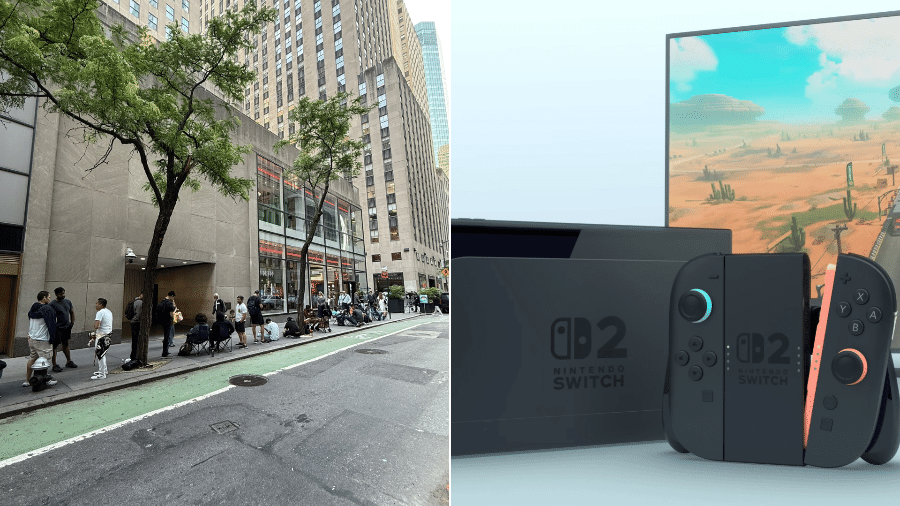Jura que sabia o nome dos Teletubbies? Errou! O efeito Mandela engana você
Sabe quando você tem certeza de que algo aconteceu, algumas pessoas até juram de pé juntos que você está certo, mas todo mundo está redondamente enganado? Isso tem nome. É o efeito Mandela. É sua memória pregando peças não só em você, mas em muitas outras pessoas.
Neste episódio de Fake em Nóis, Pirula e Gilmar Lopes (do e-farsas) relembram vários casos do tipo — e olha que tem de Froot Loops, Teletubbies e Shazhan...
Referências
https://www.dw.com/pt-br/1990-liberta%C3%A7%C3%A3o-de-nelson-mandela/a-438304
https://rationalwiki.org/wiki/Mandela_effect
https://soundcloud.com/naruhodopodcast/naruhodo-44-o-que-e-e-como-funciona-o-efeito-mandela
https://www.stuff.co.nz/oddstuff/85258775/nz-and-the-mandela-effect-meet-the-folks-who--new-zealand-being-in-a-different-place
SIGA TILT NAS REDES SOCIAIS
- Twitter: https://twitter.com/tilt_uol
- Instagram: https://www.instagram.com/tilt_uol/
- WhatsApp: https://uol.page.link/V1gDd
- Grupo no Facebook Deu Tilt: http://bit.ly/FacebookTilt














ID: {{comments.info.id}}
URL: {{comments.info.url}}
Ocorreu um erro ao carregar os comentários.
Por favor, tente novamente mais tarde.
{{comments.total}} Comentário
{{comments.total}} Comentários
Seja o primeiro a comentar
Essa discussão está encerrada
Não é possivel enviar novos comentários.
Essa área é exclusiva para você, , ler e comentar.
Só s do UOL podem comentar
Ainda não é ? Assine já.
Se você já é do UOL, faça seu .
O autor da mensagem, e não o UOL, é o responsável pelo comentário. Reserve um tempo para ler as Regras de Uso para comentários.